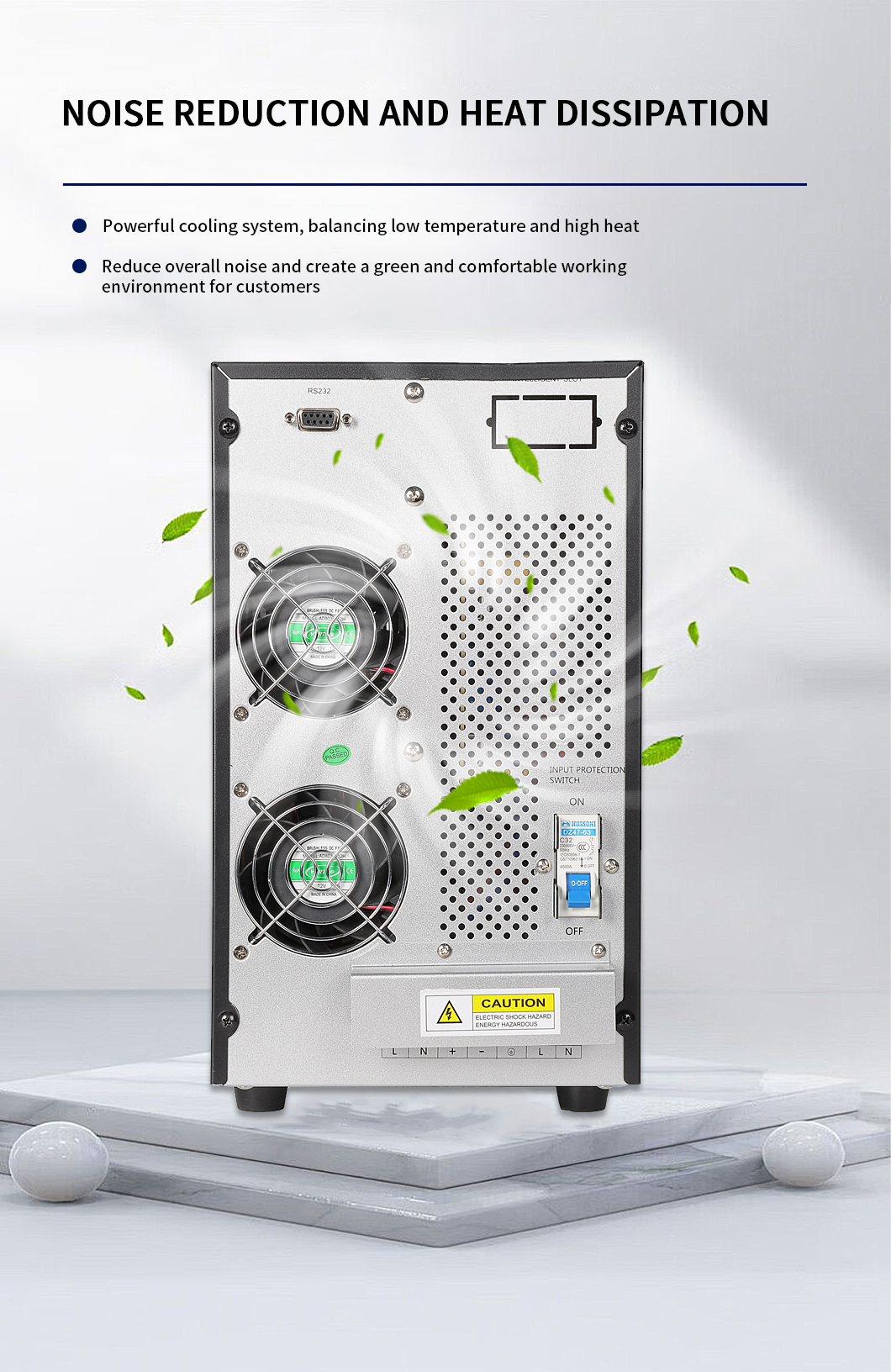To determine whether UPS needs to replace the battery, the following aspects can be considered:
Observe the appearance of the battery
Bulge deformation: The battery casing may bulge or deform, which is usually due to excessive internal pressure within the battery, possibly caused by overcharging, overheating, or quality issues with the battery itself. If this situation occurs, the battery is likely damaged and needs to be replaced in a timely manner.
Leakage: If liquid seeps out from the surface of the battery or there is a pungent odor, it indicates that the battery has leaked. Leakage can cause a decrease in electrolyte inside the battery, affecting battery performance and potentially corroding UPS equipment and the surrounding environment. The battery should be replaced immediately.
Check battery performance
Measure battery voltage: Use a multimeter to measure the voltage of each battery in the battery pack. When the battery is fully charged, if the voltage of a single battery is significantly lower than that of other batteries, or lower than the nominal voltage of the battery, such as a 12V battery with a voltage lower than 11.8V for a long time, it may indicate a decrease in the performance of the battery and require further testing or replacement.
Perform discharge testing: Conduct discharge testing on the battery using professional discharge equipment to measure the actual capacity of the battery. If the actual capacity of the battery is less than 80% of its rated capacity, it is generally recommended to replace the battery. For example, if the rated capacity of a new battery is 100Ah and the actual capacity is only 70Ah after testing, replacement needs to be considered.

Observing charging time: Under normal circumstances, the charging time of UPS batteries is relatively stable. If it is found that the charging time of the battery is significantly prolonged, such as 1-2 hours longer than usual, it may be due to a decrease in the battery's charging acceptance ability, which is a sign of battery aging.
Check the operating status of UPS
Frequent alarms: During the operation of UPS, if there are frequent battery related alarm prompts such as low battery level or battery failure, even after charging or simple maintenance, it is likely that the battery has a problem and needs to be replaced.
Shortened backup time: Under constant load, the backup time of UPS is significantly reduced. For example, the battery used to provide 2 hours of backup power when fully charged, but now it can only provide 30 minutes. This indicates that the battery's energy storage capacity has decreased and may need to be replaced to restore normal backup time.


